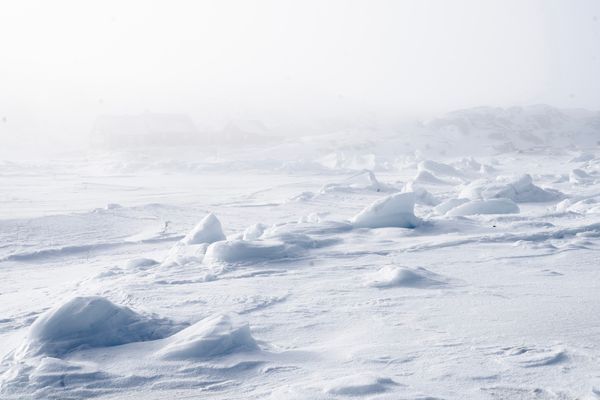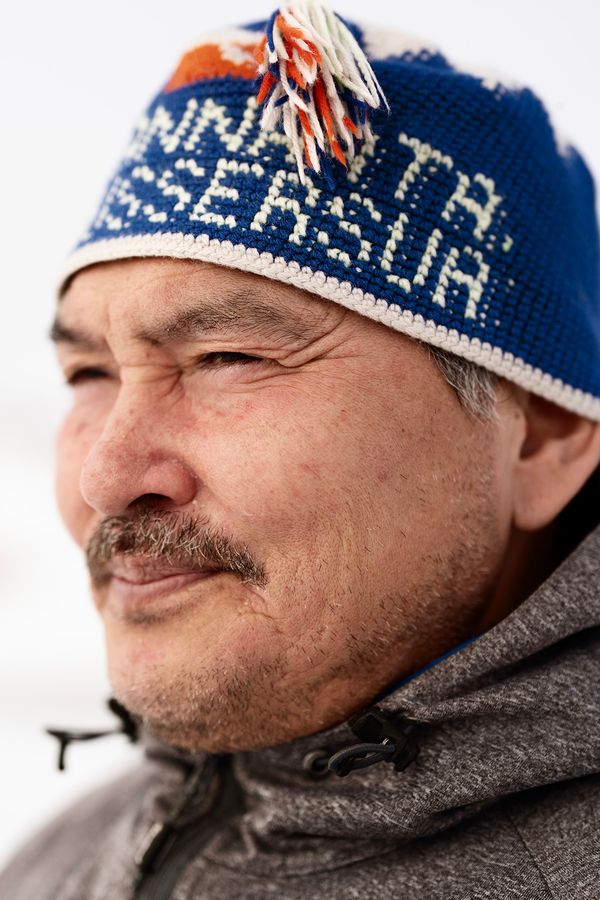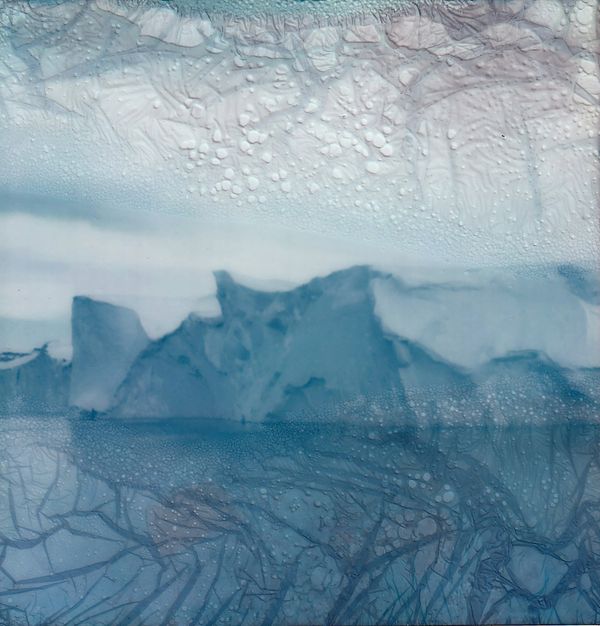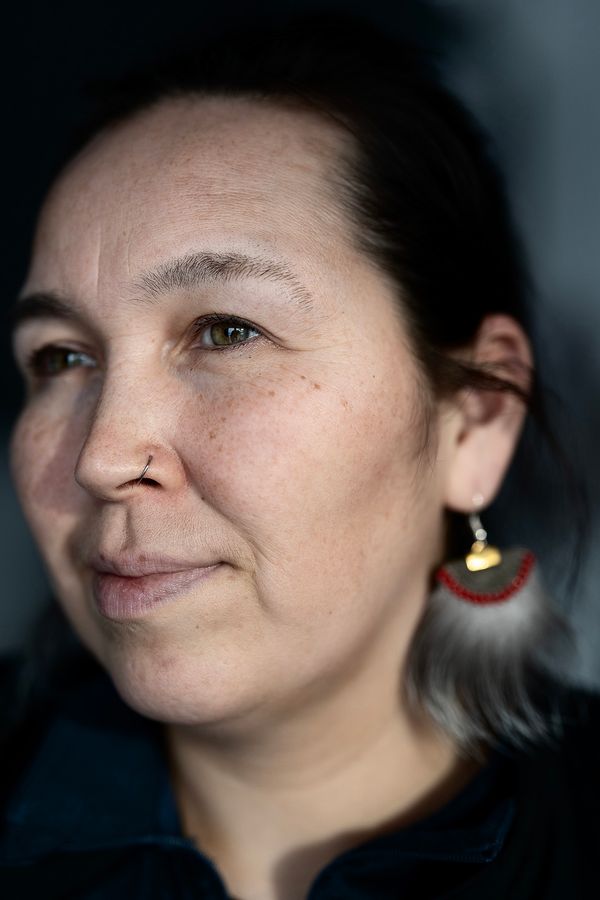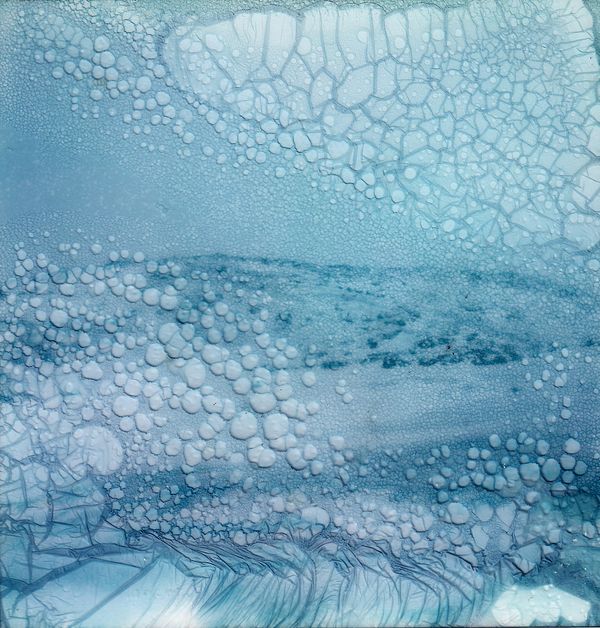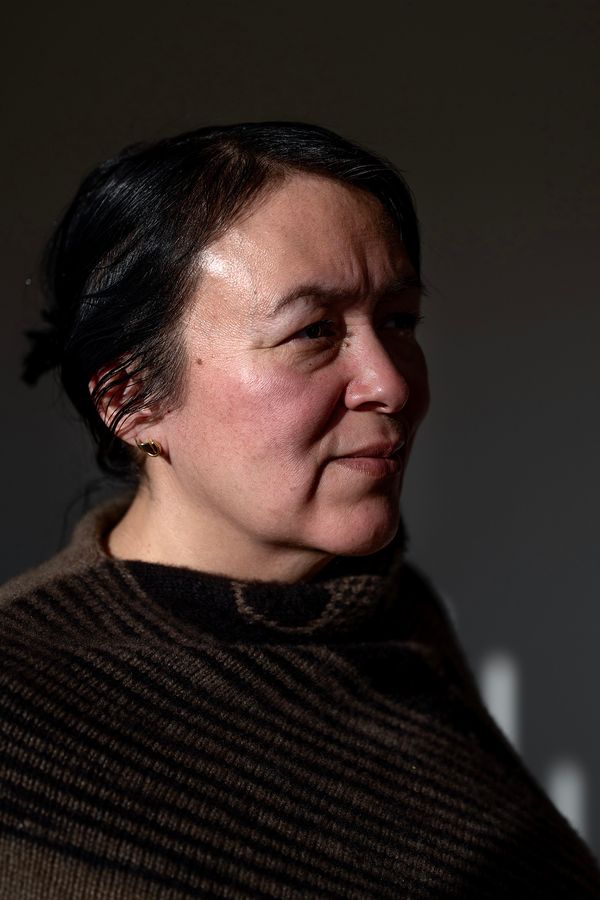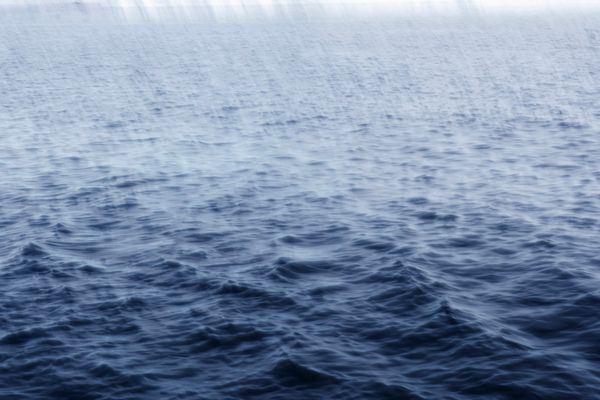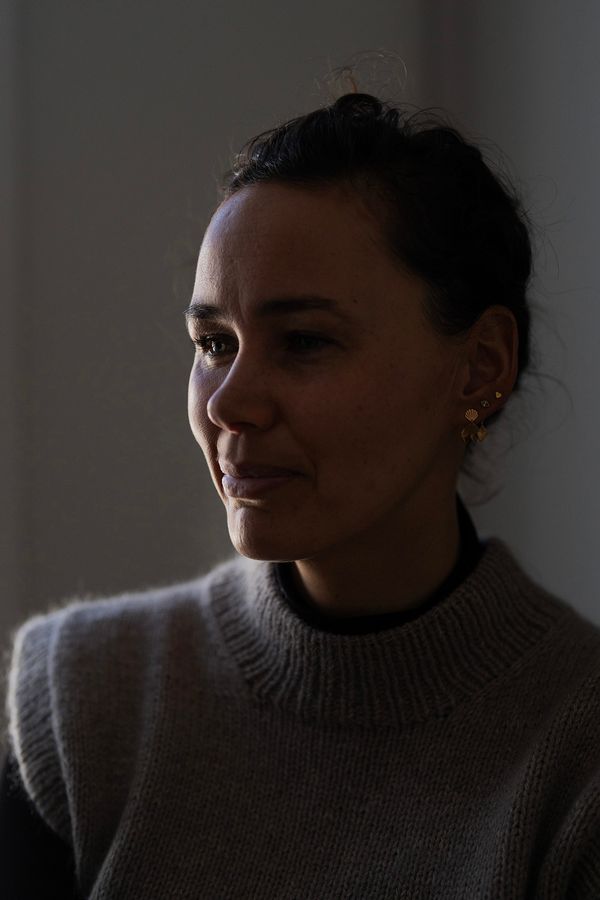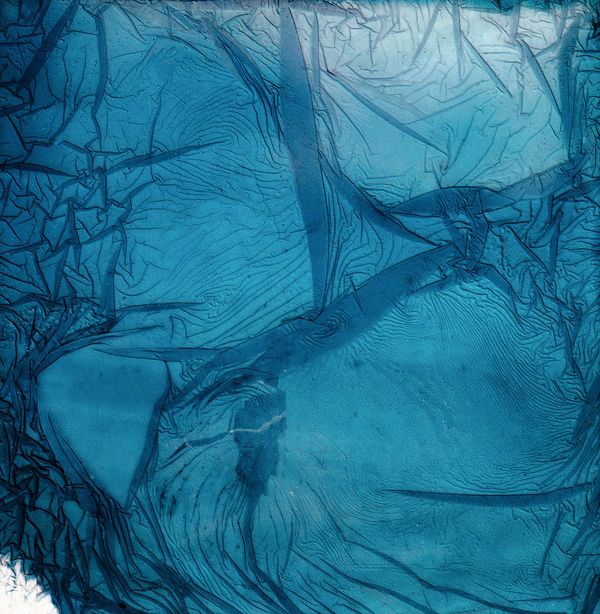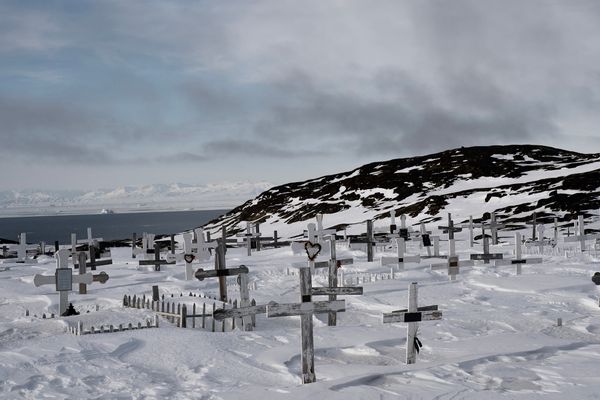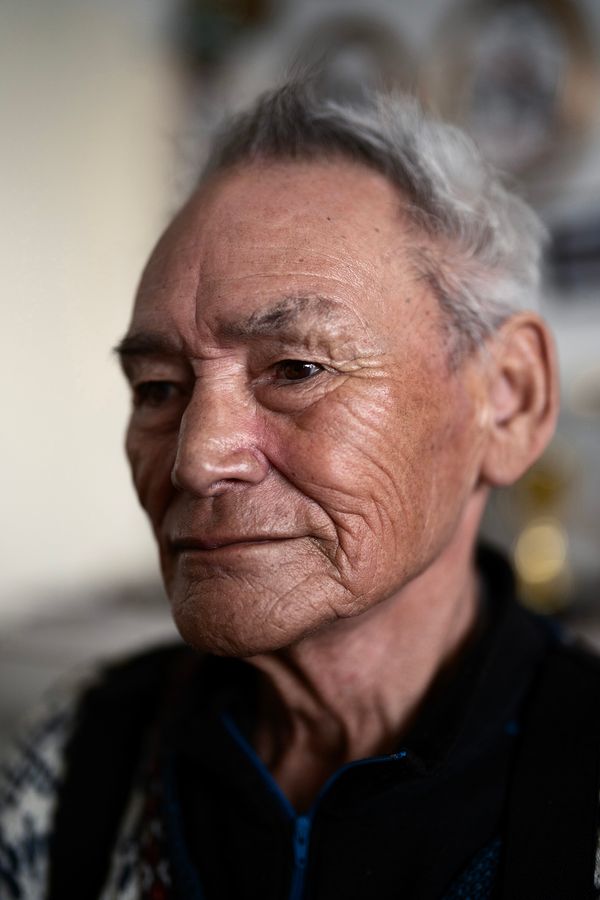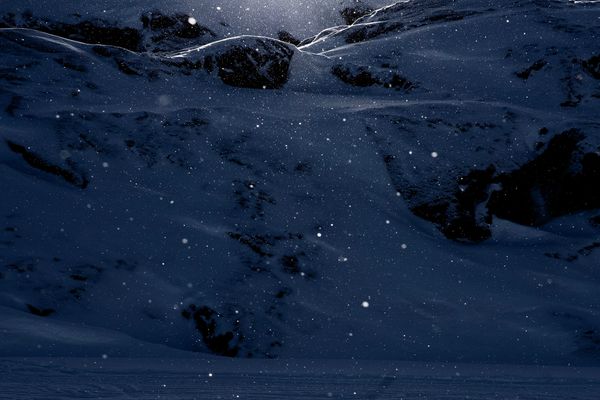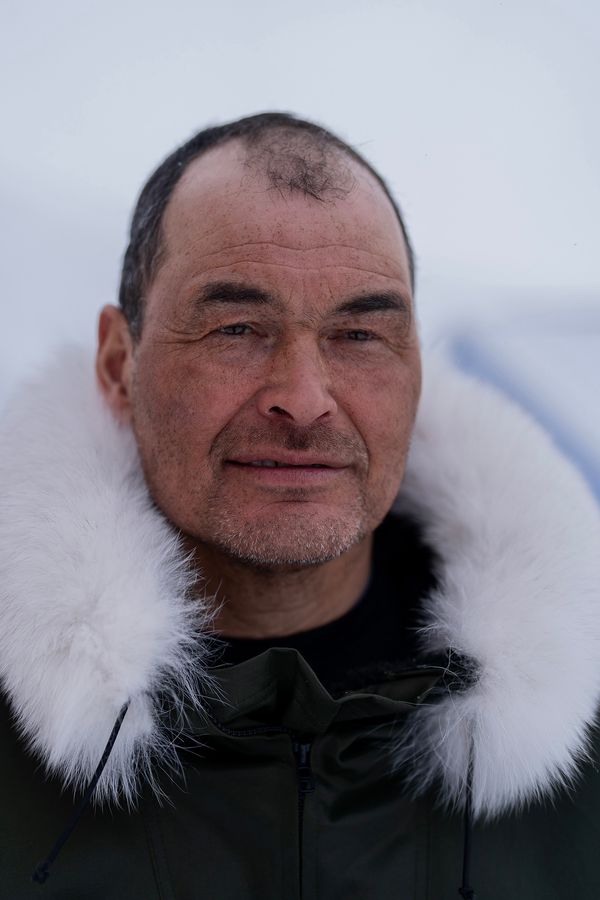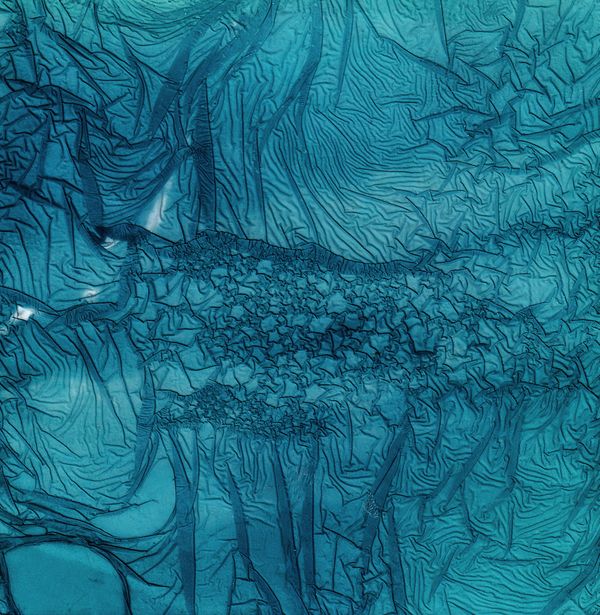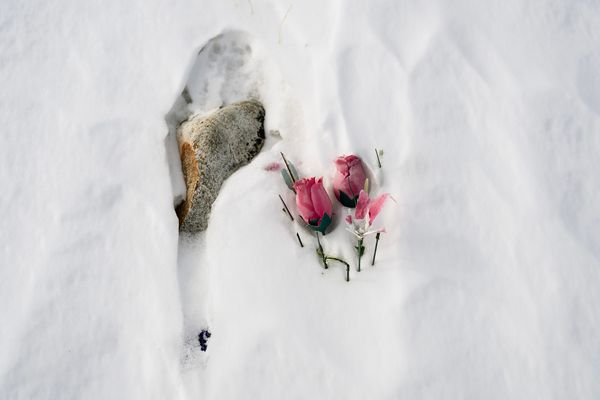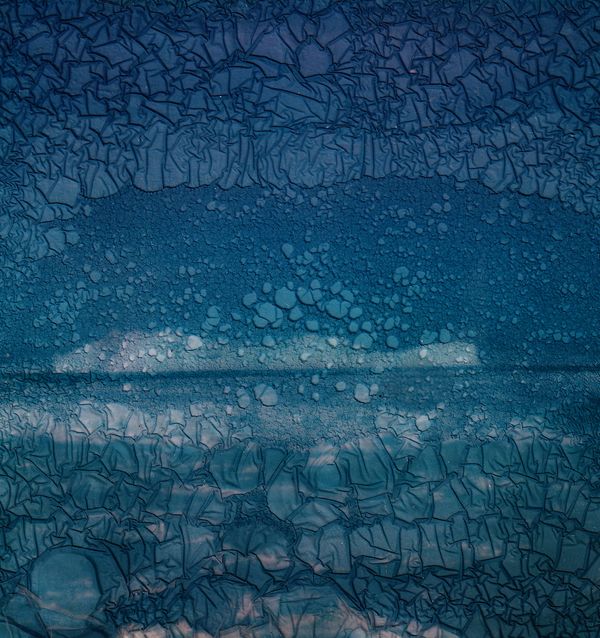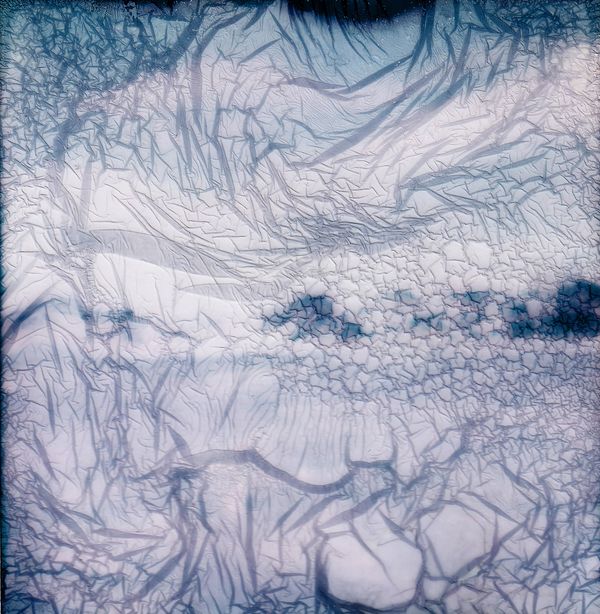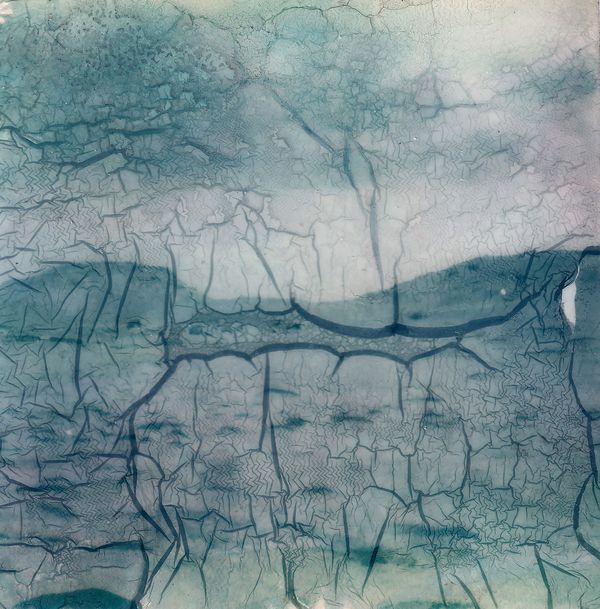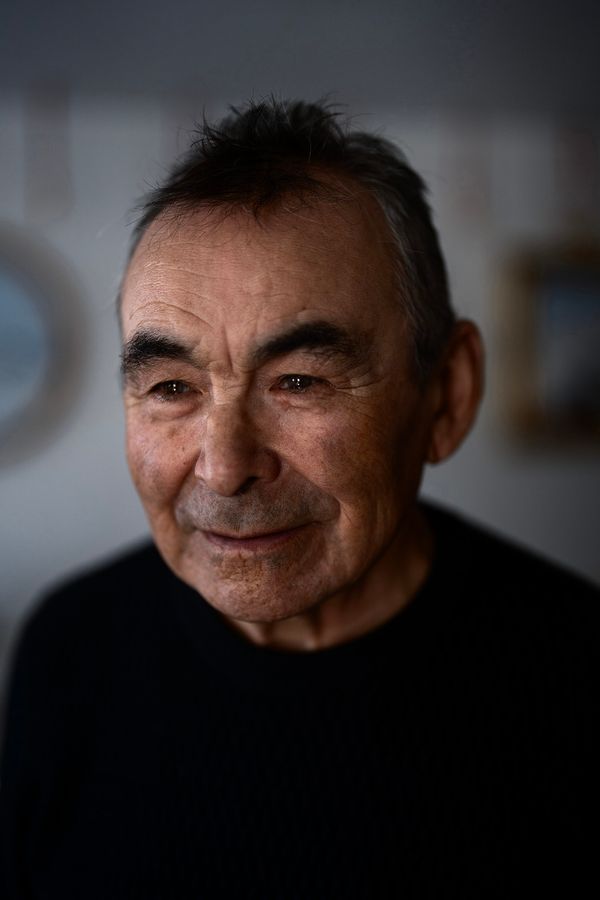Beneath the Surface
-
Dates2023 - Ongoing
-
Author
- Locations Greenland, Ilulissat
Climate change is slowly shifting the surface of Greenland, now those who are most connected to the land are learning to adapt to the change and are a witness to the ice that they have seen throughout their entire lives shrinking year after year.
The Inuit have long understood that the surface of Greenland is changing, and so is the manner of life that they have always known. As a result of climate change, the sea ice is forming later, sometimes as late as December, and then disappearing again in February. Those who were born and raised in the town of Ilulissat, which is situated in Disko Bay, consider the icebergs that surround the town to be an integral part of their everyday lives. Now the rapidly changing climate and the encroachment of the modern age have dramatically impacted those who live in Ilulissat and in other towns across the Arctic. Thinning ice is creating unstable travel conditions and hindering the freedom of movement, traveling by sled dogs is becoming more and more unsafe as the snow melts quicker and comes slower each year. The impact of melting sea ice on the Greenlandic way of life cannot be underestimated. The Sea ice serves as an open highway, traveled by dog sleds and snowmobiles, allowing citizens to connect to neighboring communities, now when it fails to freeze it becomes an obstacle.
The severe effects of climate change are now being felt in Greenland more than ever, and there will be far more in the future. Those who are most connected to the land are now learning to adapt to the change and are a witness to the ice that they have seen throughout their entire lives shrinking year after year. "Beneath the Surface” looks into the lives of individuals and the ways in which they have seen the landscape change as the melting increases.
Polaroid decays soaked in glacier runoff water are used throughout to interact with the land and let the unpredictability of water change the surface of them, the way is it also changing the surface of Greenland.
